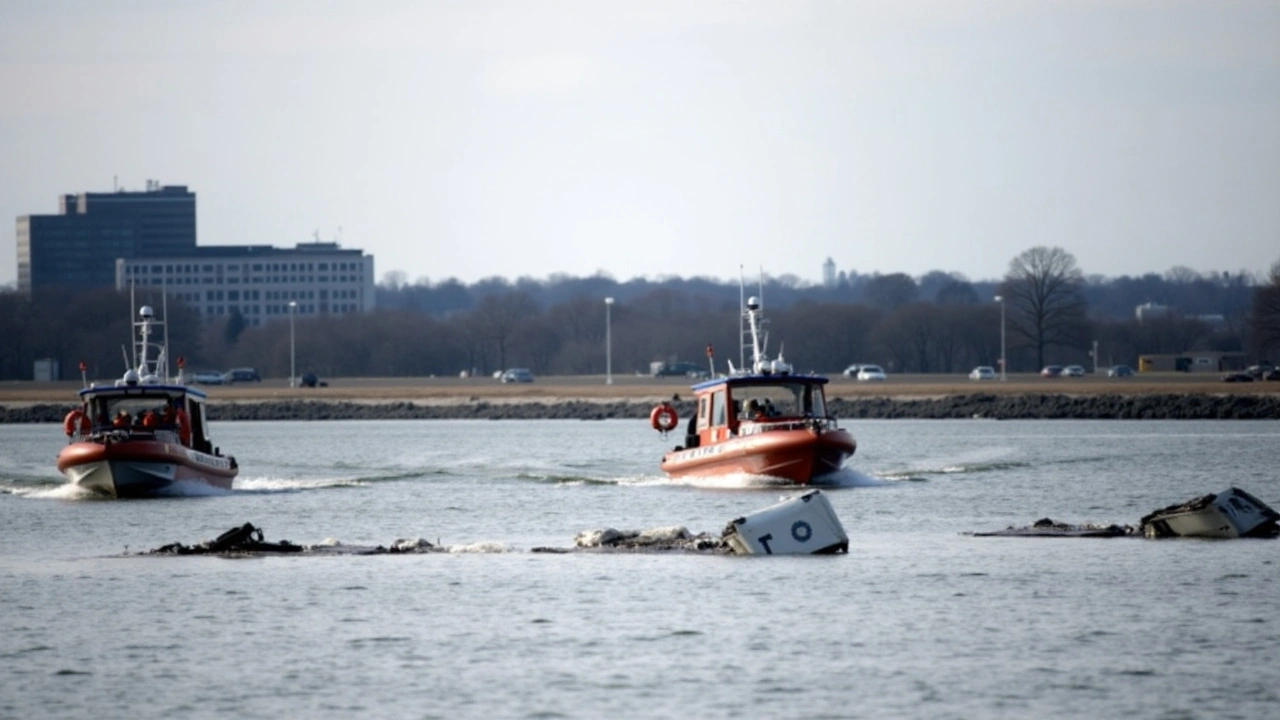A midair collision happens when two aircraft hit each other while flying. It’s one of the scariest and most dangerous types of aviation accidents because planes usually cruise at high speeds, and any contact at altitude can cause severe damage. You might wonder, how do such collisions even occur given all the technology and regulations in place? Well, despite the advanced air traffic control systems and strict rules, human errors, technical failures, or poor visibility can sometimes create the perfect storm for a collision.
Most midair collisions occur near busy airports or in areas where lots of aircraft share the same flight paths. For example, if two planes are climbing or descending through the same airspace without proper coordination, or if a pilot doesn’t follow instructions correctly, accidents can happen. That’s why controllers and pilots constantly communicate and rely on radar and onboard collision avoidance systems.
Air traffic controllers play a huge role in keeping the skies safe. They track every plane using radar and issue instructions to maintain safe distances. Controllers assign specific altitudes and routes, making sure no two planes are flying too close together at the same height. If a controller spots a potential conflict, they swiftly tell pilots to adjust course or altitude. This system prevents most accidents well before they become dangerous.
Even with all these safeguards, incidents still occur, which is why planes are equipped with onboard tools like the Traffic Collision Avoidance System (TCAS). This technology warns pilots about nearby aircraft and suggests when to climb or descend to avoid collisions. Pilots are trained to react immediately to these alarms, giving an extra layer of protection in crowded skies.
When a midair collision occurs, the result can vary widely, from minor damage to catastrophic crashes. Emergency services respond quickly, and investigations follow to find out what went wrong. These inquiries explore weather, communication, equipment, and pilot decisions to improve safety. New rules or technologies are often introduced as a result, aiming to prevent similar accidents in the future.
Understanding midair collisions may sound grim, but it highlights how seriously the aviation community takes safety. The combination of human skill, technology, and strict procedures works hard to keep flying safer every day. If you’re curious or worried about flying, knowing these facts might help you appreciate all the effort that goes into protecting passengers in the skies.
